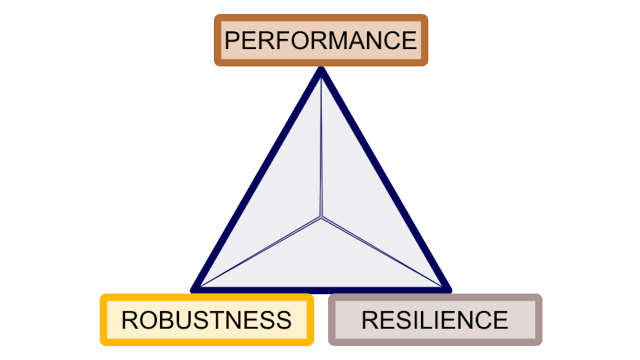
Equilibria and Stability Analysis: Analytical vs. Numerical Analysis [Systems thinking & modelling series]
This is part 56 of a series of articles featuring the book Beyond Connecting the Dots, Modeling for Meaningful Results.
The majority of this interactive learning environment (ILE) has been focused on the numerical analysis of models and the qualitative conclusions that can be drawn from these results. In this section we introduced analytical tools that can be used – for the most part – to analyze the same models we have presented elsewhere. Take a moment to reflect on these different forms of analysis and what each one can offer.
The great benefit of the analytical techniques is that they can provide precise answers to the general behavior of the system. Most of these same answers can also be determined numerically (e.g., running the simulation many times and exploring the results), but those answers will be less precise and definite. If you manually attempt to explore the parameter space of your model, it is possible that you could miss some set of parameter values that will give you unexpected behavior. An analytical analysis may be fully comprehensive and can guarantee the completeness of your conclusions.
A weakness of analytical methods is that your model must be solvable analytically. This means that you will probably need to keep your model from growing too complex in order to keep it analytically tractable. Also, some common functions such as IfThenElse logic can make analytical work much more difficult. Further, some models may simply be impossible to analyze analytically, and may in fact be very simple in practice. For example, any model containing both X and log(X) in the same equation will be intractable to many forms of analysis.
We think both analytical and numerical work are very applicable in practice. We do worry, though, about some of the analytical models and work we see presented or published. Sometimes these models seem to us to be much too simple to adequately represent the system they are supposed to be modeling. True, analytically the results of the models appear elegant and clear. But if the model is too simple to be relevant, these results have little use and may actually be very misleading. We sometimes worry that a focus on analytical work leads modelers to prioritize analytical tractability over model utility.1 We believe a focus on analytical results can lead to reductionist models with reduced practical utility, and we caution modelers against becoming too focused on elegant solutions at the expense of relevance. Where available, more realistic models are preferable, even if they require numerical solutions rather than overly simplistic analytically solvable ones.
| Exercise 8-19 |
|---|
| What are the equilibrium points of the following system and their associated stabilities?
|
| Exercise 8-20 |
|---|
| What are the equilibrium points of the following system and their associated stabilities? α is a scalar number that may be positive or negative.
|
| Exercise 8-21 |
|---|
| You have a system dynamics model of a population of wolves. This model consists of a single stock Wolves (initial value 100), a single flow going into the stock Net Growth, a parameter Growth Rate (value of 0.05), and a parameter Carrying Capacity (value of 6,000). The flow has the equation [Growth Rate]*[Wolves]*(1-[Wolves]*[Carrying Capacity]).
Build this model to determine the location of the equilibria and their stability. Then prove these conclusions analytically. |
Summary
In this section we have introduced equilibrium and stability analyses. These are powerful techniques that can be used to draw definitive conclusions about the behavior of a system. These conclusions can supplement your simulation work to generate a comprehensive analysis of a dynamic system.
Next edition: Optimization and Complexity: Introduction.
Article sources: Beyond Connecting the Dots, Insight Maker. Reproduced by permission.
Header image source: Beyond Connecting the Dots.
Notes:
- Rightly or wrongly, analytical work is generally considered more prestigious and “serious” than numerical work. ↩




